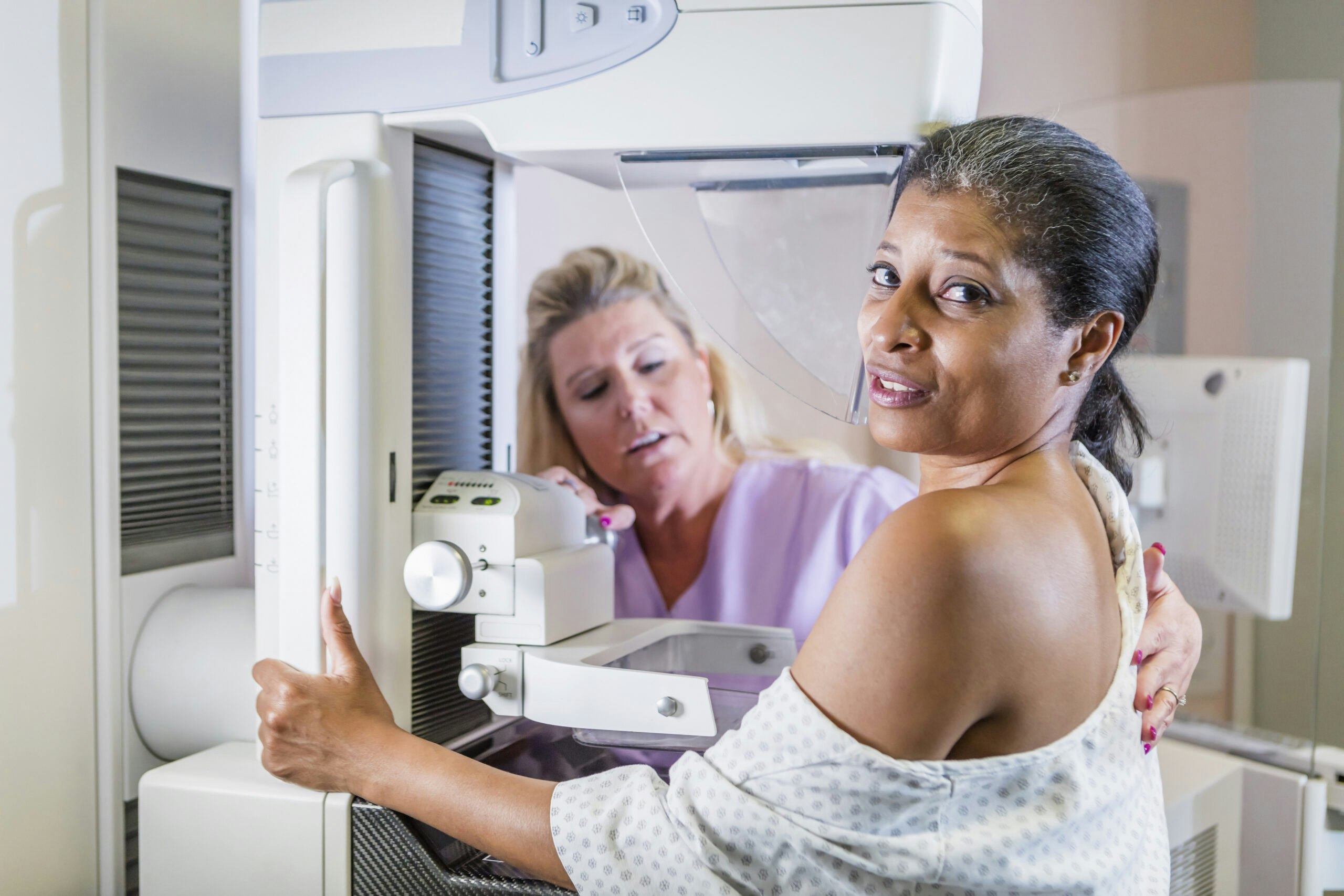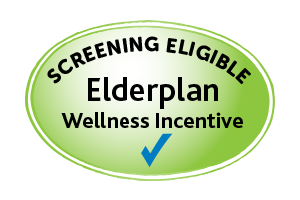Contact Us
If you are an Elderplan Member and have questions or concerns, please contact Elderplan Member Services at 1-800-353-3765 [TTY: 711], 8 a.m. to 8 p.m., 7 days a week or email us at [email protected]

Breast health begins with being aware of changes in your breast for any lumps or swelling. Breast cancer can start in one or both breasts. Knowing whether the breast lumps are cancerous (malignant) or non-cancerous (benign) is important. Breast cancer risk increases with age, so getting a breast exam is important.
Types of Breast Exams:

This screening is part of our Elderplan Wellness Incentive program. Read more to see if you are eligible to participate!
Elderplan strongly encourages all members to get their preventive screenings. Early detection and intervention result in more positive outcomes.
Your team at Elderplan can help you schedule necessary screenings to allow for early detection. Contact Elderplan Member Services at 1-800-353-3765 [TTY: 711], 8 a.m. to 8 p.m., seven days a week- to get started.
Get tips and advice on practicing healthy habits and attaining better physical and mental health so that instead of just surviving, you’re thriving.
All Resources